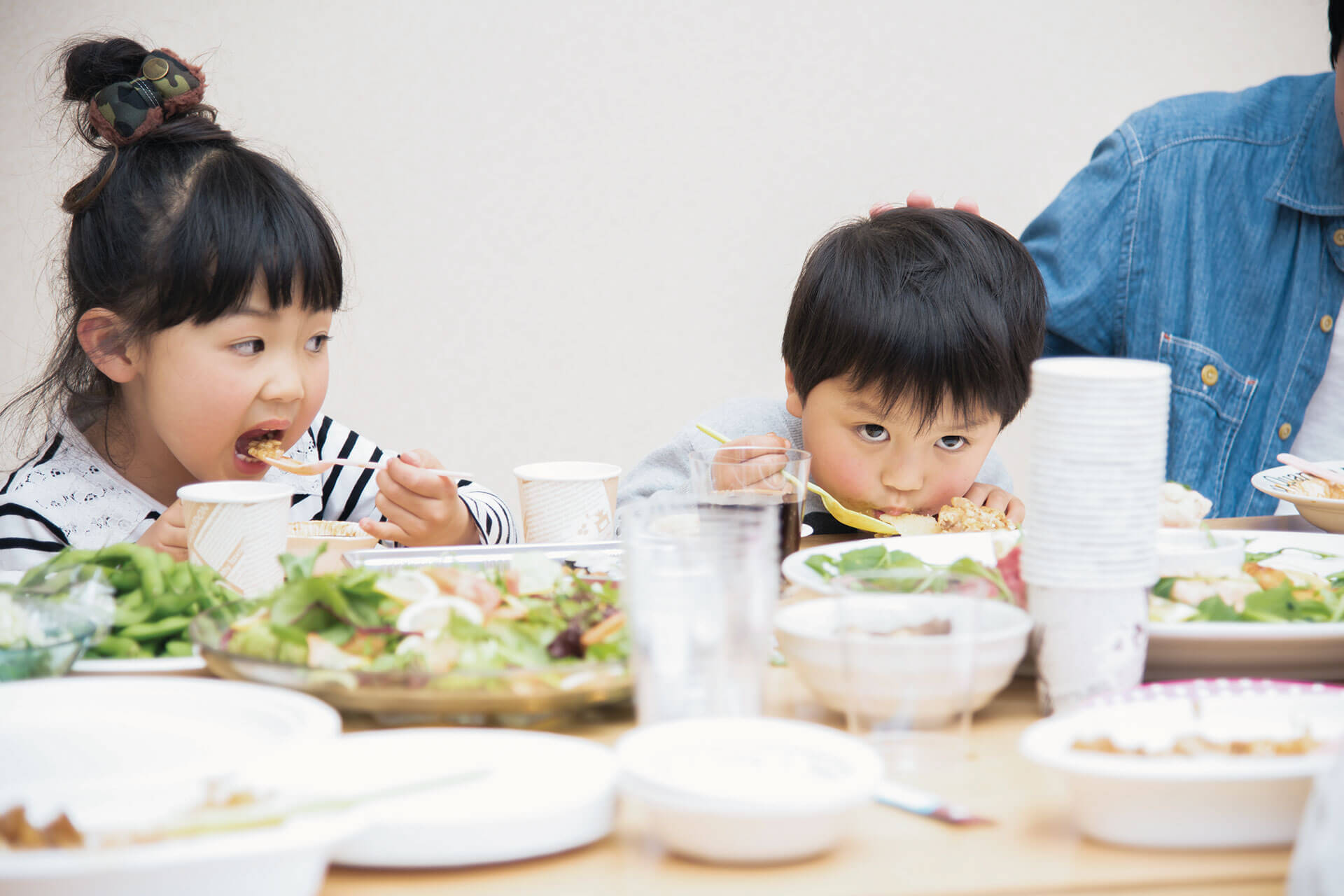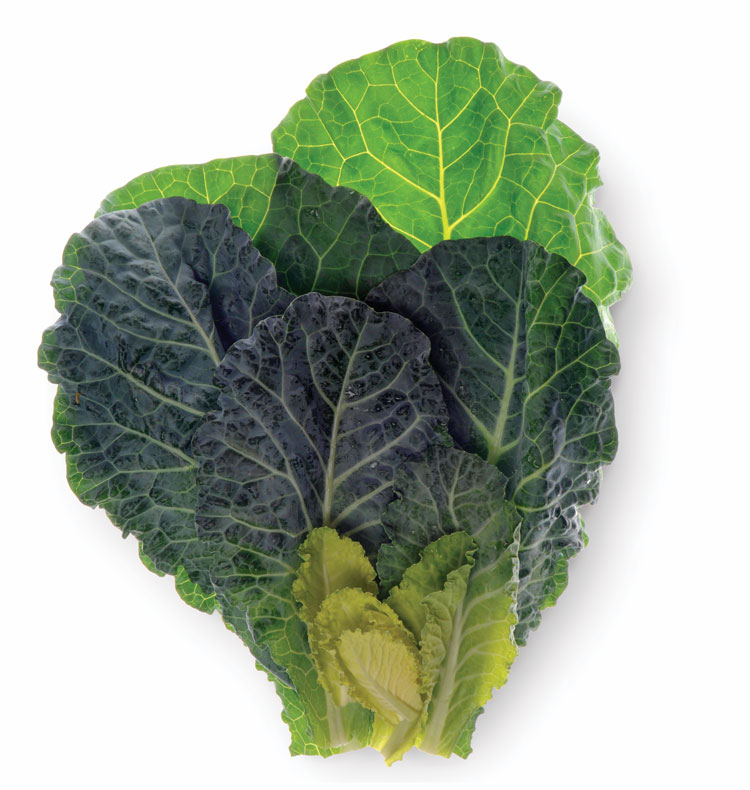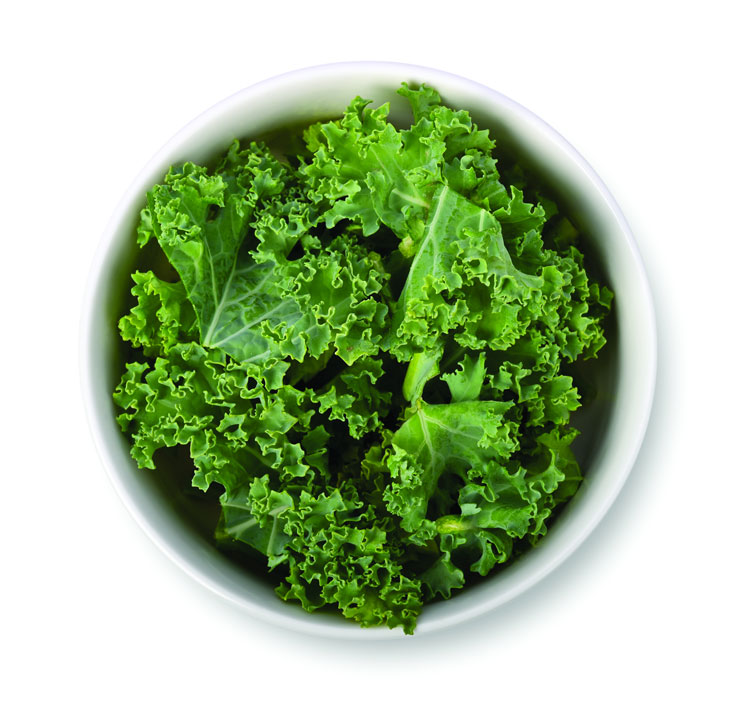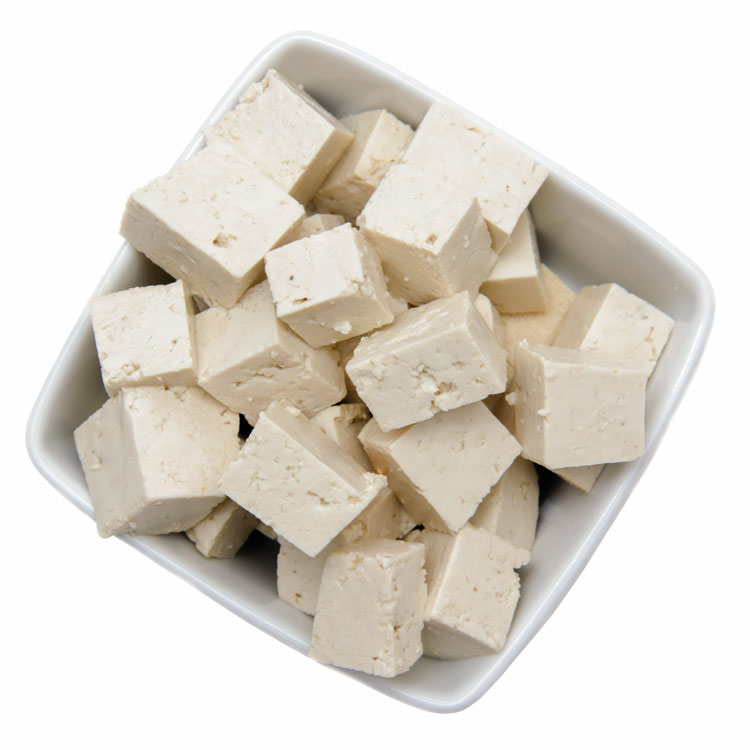
No Milk, No Problem: Calcium-Rich Dairy Alternatives
- Home
- Live Well Blog
- No Milk, No Problem: Calcium-Rich Dairy Alternatives
Milk and dairy products are great sources of many different nutrients, including calcium. Foods with calcium help support healthy growth of teeth and bones and play a role in our overall body weight.
Sometimes parents or kids can’t eat or drink dairy foods to get the calcium they need. This can be caused by lactose intolerance or having a milk allergy. Lactose intolerance is not being able to digest lactose, which is a sugar found in milk and dairy foods and can cause an upset tummy because of bloating, gas, stomach cramps, and diarrhea. A small number of people may have an allergy to milk due to their immune system.
Lactose intolerance or milk allergy?
Lactose Intolerance
A sensitivity to lactose
Happens in digestive system
Gas
Bloating
Constipation
Similarities
Stomach pain
Nausea
Diarrhea
Abdominal pain
Milk Allergy
An allergy to milk
Triggered by immune system
Skin rashes Hives
Swelling of lips and throat

The good news is, there are many other great calcium-packed options other than milk and dairy foods!
Almonds
Nuts are one of the highest non-dairy sources of calcium, and almonds offer the most – 100 grams (about 77 almonds) contains 254 mg, or about 26% of your daily calcium needs. A handful of almonds makes a great snack, and also provides protein and fiber, which help curb your appetite until your next meal. These can present a choking risk for young children.

Beans

Beans are a great source of calcium, especially navy beans, black beans, white beans, and pinto beans. With so many varieties and options, it’s easy to have beans on the regular… and with over 7 grams of fiber per serving, they’ll help keep you regular with bowel movements as well! Choose beans daily for a dose of calcium, especially if you suffer from weak and brittle bones and teeth. Add them in your soups, salads, sandwiches, pastas, or enjoy them mashed as a spread or dip.
Collard Greens
This comfort food favorite is loaded with calcium – 268mg per cooked cup! Collard greens are rich in calcium and also vitamin A. Regularly eating this veggie can help keep your bones and teeth stronger and also keeps your vision in tip-top shape.

Figs

Rich in calcium and great for kids’ bone development, a single fig contains 20mg of calcium. Give them a try for a quick, sweet, calcium-rich snack.
Kale
Used in smoothies, salads, curries, and so much more! Kale is much more than a colorful alternative to lettuce. It’s a superfood! One raw, chopped cup of this leafy-green goodness offers 100 mg of calcium.

Oranges

A whole orange contains 65 mg of calcium. You’ll also get 68 mg of vitamin C, which helps your body absorb calcium. Calcium-fortified orange juice is another option for meeting calcium needs. 1 cup of orange juice counts as one serving of fruit, so enjoying juice in moderation can help up your calcium intake. Drinking 100% fruit juice in moderate amounts can be part of a healthy meal pattern, just limit juice to no more than 10 fluid ounces each day.
Tofu
One serving of tofu (about ½ cup) offers more than a third of the calcium you need for the day! It’s also rich in iron, an important mineral the body needs for growth and development. Tofu is a great source of non-animal protein and has a similar texture to meat. It can be used as an alternative to meat in countless recipes and popular dishes.

Looking for more dairy-free options?
The table below offers additional ideas for calcium-rich foods, along with about how much calcium each provides.
| Food | Amount | Calcium (mg) |
|---|---|---|
| Almonds, dry roasted | 1 oz. (about 20 whole almonds) | 75 |
| Beans – canned | ½ cup | 50 –70 |
| Beans, white – canned | ½ cup | 95 |
| Beans, baked | ½ cup | 60 |
| Eggs | 2 | 50 |
| Egg substitute | ½ cup | 180 |
| Hummus | ½ cup | 60 |
| Salmon, w/ bones – canned | 3 oz. | 200 |
| Sardines, w/ bones – canned | 4 oz. | 350 |
| Sesame seeds – roasted | 1 oz. | 280 |
| Soybeans, green – boiled | ½ cup | 180 |
| Soybeans, mature – boiled | ½ cup | 90 |
| Soybean nuts, dry roasted | ½ cup | 230 |
| Tahini (sesame butter) | 2 Tbsp | 180 |
| Tempeh | ½ cup | 75 |
| Tofu, firm, w/ calcium sulfate | ½ cup | 260 |
| Cereals, calcium-fortified | ½ to 1 cup | 250 to 1,000 |
| Bread, calcium-fortified | 1 slice | 175 |
| Brown rice, long grain, raw | 1 cup | 50 |
| Gingerbread | 2 ½ oz. | 50 |
| Oatmeal, instant | 1 package | 125 |
| Pita bread, enriched white | 6 ½ inch | 50 |
| Tortilla, corn | 6 inch | 45 |
| Tortilla, flour | 10 inch | 90 |
| Figs – dried or fresh | 5–6 figs | 120 |
| Grapefruit juice, calcium-fortified | 1 cup | 350 |
| Kiwi – raw | 1 cup | 50 |
| Orange – medium | 1 | 65 |
| Orange juice, calcium-fortified | 1 cup | 300 |
| Arugula, raw | 1 cup | 125 |
| Beet greens – cooked | ½ cup | 80 |
| Bok choy – cooked | 1 cup | 185 |
| Broccoli, cooked | 1 cup | 180 |
| Collard greens – cooked | 1 cup | 268 |
| Kale – cooked | 1 cup | 100 |
| Kale – raw, chopped | 1 cup | 100 |
| Okra – cooked | ½ cup | 50 |
| Rhubarb – frozen, cooked | ½ cup | 175 |
| Spinach – cooked | 1 cup | 245 |
| Swiss chard – cooked | ½ cup | 50 |
| Turnip greens, cooked | 1 cup | 197 |
| Molasses, blackstrap | 1 Tbsp | 135 |
So, how much calcium do you need?
Talk with your or your child’s healthcare provider about your calcium needs. You or your child may need more calcium. The following shows how many milligrams (mg) of calcium are needed daily based on age, gender, and life stage.
| Age | male | female | pregnant | Breastfeeding |
|---|---|---|---|---|
| 0–6 months | 200 mg | 200 mg | ||
| 7–12 months | 260 mg | 260 mg | ||
| 1–3 years | 700 mg | 700 mg | ||
| 4–8 years | 1,000 mg | 1,000 mg | ||
| 9–13 years | 1,300 mg | 1,300 mg | ||
| 14 – 18 years | 1,300 mg | 1,300 mg | 1,300 mg | 1,300 mg |
| 19–50 years | 1,000 mg | 1,000 mg | 1,000 mg | 1,000 mg |
| 51–70 years | 1,000 mg | 1,200 mg | ||
| 70 years and older | 1,200 mg | 1,200 mg |
| Source: National Institutes of Health, Calcium, https://ods.od.nih.gov/factsheets/Calcium-HealthProfessional/ |
Looking for a few ways to add more calcium to your meals and snacks? Give one of these dairy-free recipes a try!
Banana-Oat Pancakes
Servings: 2
Ingredients:
- 2 ripe bananas, mashed (calcium: 6 mg per medium banana)
- 1 cup rolled oats (calcium: 187 mg per cup)
- 1 teaspoon baking powder
- 1/4 teaspoon salt
- 1/2 cup fortified plant-based milk (such as almond milk) (calcium source: varies by brand; check packaging)
Instructions:
- Heat a non-stick skillet over medium heat and lightly grease it.
- In a bowl, mix mashed bananas, oats, baking powder, and salt.
- Gradually add fortified plant-based milk until the mixture forms a thick batter consistency.
- Pour batter onto the heated skillet to form pancakes.
- Cook until bubbles form on the surface, then flip and cook until golden brown on both sides.
- Serve warm.
- Calcium sources: Bananas, oats, fortified plant-based milk.
- Total calcium content: ~193 mg per serving.
Whole Grain Crackers with Almond Butter
Serving: 1
Ingredients:
- 6 whole grain crackers (calcium source: ~20 mg)
- 4 tablespoons almond butter (calcium source: almonds - 378 mg per cup)
Instructions:
- Spread almond butter evenly on crackers.
- Total calcium content: ~189 mg per serving.
Calcium-Rich Fruit Salad
Servings: 4
Ingredients:
- 1 cup diced oranges (calcium: 65 mg)
- 1 cup diced kiwi (calcium: 61 mg)
- 1 cup diced strawberries (calcium: 24 mg)
- 1 cup diced pineapple (calcium: 21 mg)
Instructions:
- Wash and dice all the fruits.
- Combine all the diced fruits in a bowl.
- Toss gently and serve chilled.
- Calcium sources: Oranges, kiwi, strawberries, pineapple.
- Total calcium content: ~ 43 mg of calcium per serving.
Spinach and White Bean Quesadillas
Serving: 1
Ingredients:
- Flour tortillas (2 large) (calcium: 90 mg per tortilla)
- Spinach (1 cup, chopped) (calcium: 30 mg per cup)
- White beans (1 cup, cooked) (calcium: 161 mg per cup)
- Red bell pepper (1/2 cup, diced)
- Avocado (1, mashed)
- Cumin powder (1 teaspoon)
- Garlic powder (1/2 teaspoon)
- Olive oil (2 teaspoons)
Instructions:
- Heat olive oil in a pan over medium heat.
- Add chopped spinach and diced bell pepper, sauté until wilted.
- Add cooked white beans, cumin powder, and garlic powder. Cook for another 2-3 minutes.
- Lay one tortilla on a flat surface. Spread mashed avocado evenly over the tortilla.
- Spread the spinach and white bean mixture over the avocado.
- Place the second tortilla on top.
- Cook the quesadilla in a skillet over medium heat until both sides are golden brown.
- Cut into slices and serve.
- Calcium sources: Spinach, white beans, whole wheat tortillas.
- Total calcium content: ~371 mg per serving.
Sweet Potato and Black Bean Tacos
Serving: 2 tacos
Ingredients:
- Flour tortillas (2 large) (calcium: 90 mg per tortilla)
- Sweet potato (1 medium, diced) (calcium: 31 mg)
- Black beans (1 cup, cooked) (calcium: 46 mg per half cup)
- Red onion (1/4 cup, diced)
- Cilantro (2 tablespoons, chopped)
- Lime juice (1 tablespoon)
- Chili powder (1 teaspoon)
- Salt to taste
Instructions:
- Steam or microwave diced sweet potato until tender.
- Warm corn tortillas in a skillet or microwave.
- In a bowl, mix cooked sweet potato, black beans, diced red onion, chopped cilantro, lime juice, chili powder, and salt.
- Divide the mixture evenly among the warmed tortillas.
- Serve immediately.
- Calcium sources: Flour tortillas, sweet potato, black beans.
- Total calcium content: ~303 mg of calcium per serving.
Veggie Sticks with Hummus
Serving: 1
Ingredients:
- 2 medium carrots, cut into sticks (calcium: 42 mg per medium carrot)
- 2 celery stalks, cut into sticks (calcium: 37 mg per medium celery stalk)
- 1 bell pepper, sliced (calcium: 10 mg per medium bell pepper)
- 1 cup hummus (calcium: chickpeas - 80 mg per half cup)
Instructions:
- Wash and cut vegetables into sticks.
- Serve with hummus for dipping.
- Calcium sources: Carrots, celery, bell pepper, chickpeas.
- Total calcium content: ~ 328 mg of calcium per serving.
Hearty Black Bean Chili
Time: 1 hour 15 minutes
Servings: 6
Ingredients:
- 1 Tbsp olive oil
- 1 medium yellow onion, finely chopped (calcium: 25 mg)
- 1 medium green, yellow, orange or red bell pepper, finely chopped with stem and seeds removed (calcium: 12 mg)
- 3 Tbsp chili powder
- 1 tsp ground cumin
- 1 bay leaf
- 1/2 Tsp sea salt
- 1 (28-Oz) can diced tomatoes, with juice (calcium: 41 mg per half cup)
- 2 (15-Oz) cans black beans, drained and rinsed (calcium: 46 mg per half cup)
- 1 (15-Oz) can kidney beans, drained and rinsed (calcium: 131 mg per half cup)
- 1 cup uncooked quinoa (calcium: 17 mg per cup)
- 2 3/4 cups vegetable stock (calcium: 7 mg per cup)
- Whole cilantro leaves or parsley, if desired
- 6 scallions, chopped, If desired
Instructions:
- Heat olive oil in a large pot over medium-high heat. Add onions and pepper, reducing the heat to medium. Cook, stirring occasionally, until very soft (about 10 minutes).
- Stir in chili powder, cumin, bay leaf and salt. Cook, stirring often, until spices are fragrant (about 1 minute).
- Add tomatoes with juice, stir, and reduce the heat to low. Cook, stirring occasionally, for 25-30 minutes.
- Add beans, quinoa, and stock, cooking for an additional 20 minutes. Taste and adjust seasoning as needed.
- Serve topped with cilantro and scallions, if desired.
- Calcium sources: Onion, bell pepper, tomatoes, black beans, kidney beans, quinoa, vegetable stock.
- Total calcium content: ~114 mg of calcium per serving.
